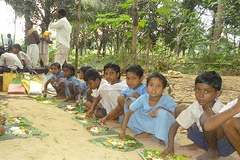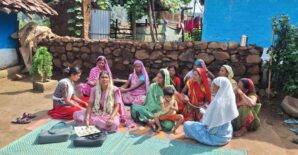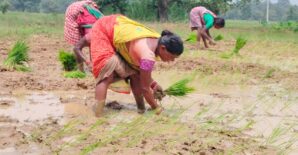Despite the fact that India is the second fastest growing economy in the world, it is still home to one-third of the world’s malnourished children. According to the third National Family Health Survey (NFHS-3), one-third of Indian children are born with low birth weight, 45 percent of children below three years of age are stunted, 23 percent are “wasted” (too thin for their height), and 40 percent are underweight.
In order to understand the link between nutrition and agriculture—the central source of livelihoods in India--researchers must map pathways between nutrition and agriculture in India and empirically investigate how these pathway at play. IFPRI publication on The Agriculture-Nutrition Disconnect in India suggests that data and policy disconnects need to be bridged to enhance the nutrition sensitivity of agriculture in India. The study argues that there is an urgent need to address this gap to clarify the nature of agriculture–nutrition pathways or disconnects, and their variations across socioeconomic groups and regions. The need for building nationally representative panel datasets that enable this inquiry in the short and long run is crucial. Without progress in closing data and empirical disconnects, policy gaps will remain.
Other Publications
A Nutrition Secure India: Role of Agriculture
Strengthening the Role of Agriculture for a Nutrition Secure India



